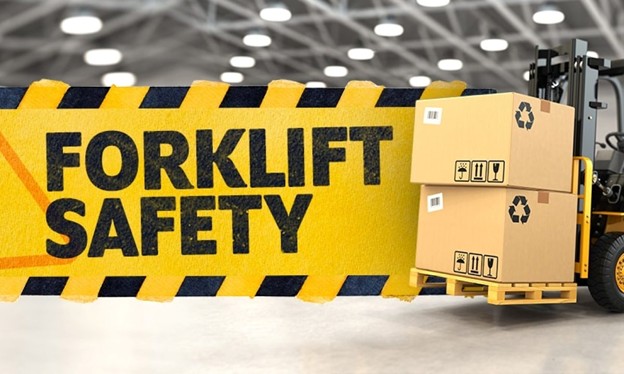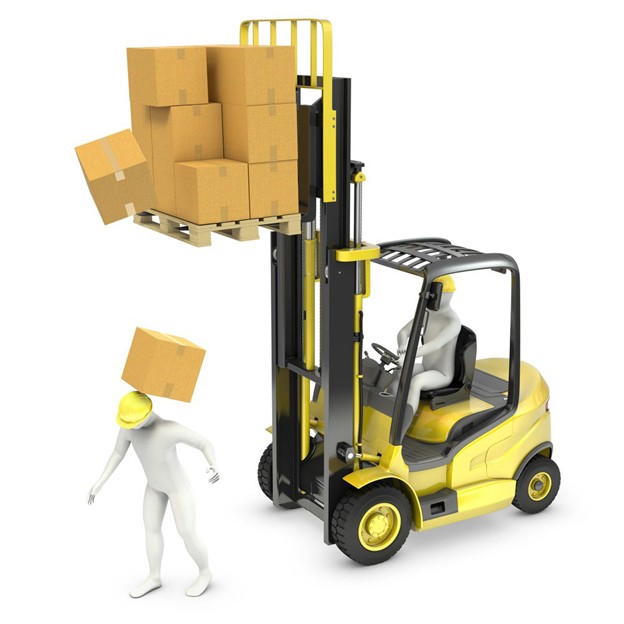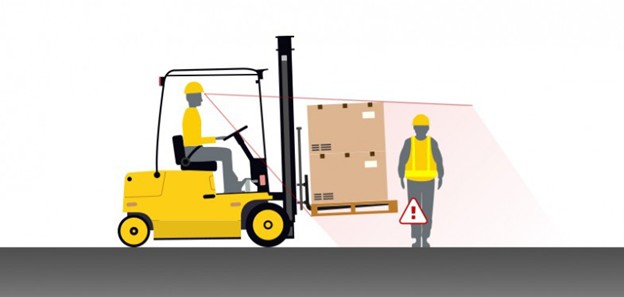What Are the Most Common Forklift Hazards to Watch Out For?
Forklifts are essential to many operations, but they also come with significant risks if not used correctly. Forklifts can weigh several tonnes, and without proper care, they can pose hazards to operators, pedestrians, and equipment.
Understanding the most common forklift hazards is the first step toward preventing accidents and keeping your workplace safe. Below, we outline key risks to be aware of and practical ways to reduce them.

1. Unsafe Operation
Speeding, sharp cornering, or using a forklift for purposes it wasn’t designed for are some of the leading causes of accidents. Misuse increases the likelihood of collisions, tip-overs, and damage to both people and property.
Safety tip: Always ensure operators are licensed, trained, and up to date with their training and refresher courses. Forklifts should only ever be used for their intended purpose; lifting and transporting loads safely.
2. Overloading and Unsecured Loads
Every forklift has a manufacturer-rated capacity and exceeding that limit is a major safety risk. Overloaded or unsecured loads can shift or fall, potentially causing the unit to tip over.
Safety tip: Operators should check the rating plate before lifting and confirm the weight of the load. Loads should always be secured before movement.

3. Poor or Missed Maintenance
A poorly maintained forklift can quickly become dangerous. Broken warning lights, worn-out tyres or tynes, leaking fluids, and damaged chains are common culprits.
Safety tip: Keep forklifts on a regular maintenance schedule. Any unit showing faults should be taken out of service until repaired.
4. Pedestrian Traffic
Forklifts and pedestrians in the same workspace can be a recipe for disaster. Accidents often occur when there’s no clear separation of traffic.
Safety tip: Develop a traffic management plan. Use barriers, line markings, horns, and pedestrian exclusion zones to reduce risks.
5. Floor Hazards
Uneven ground, spills, debris, or potholes can cause forklifts to skid, tip, or lose control.
Safety tip: Keep operating areas clean and well-maintained. Address cracks, spills, and obstructions immediately.
6. Overhead Obstacles
Low-hanging beams, mezzanine floors, or doorways can become hazards if operators lift tynes too high.
Safety tip: Move with forks kept low to the ground whenever possible, and clearly mark overhead clearance heights in busy areas.
7. Refueling and Recharging
Refueling with LPG or diesel and recharging batteries can present fire, explosion, or electrocution hazards if not handled correctly.
Safety tip: Always refuel or recharge in well-ventilated, designated areas, away from ignition sources. Operators should follow strict safety protocols when handling fuels or batteries.
8. Forklift Attachments
Attachments change a forklift’s lifting capacity and can create hazards if not used properly. Poorly fitted or damaged attachments can also lead to accidents.
Safety tip: Train operators in the safe use of each attachment. Inspect attachments before use and confirm compatibility with the forklift.
9. Blind Spots and Poor Visibility
Large loads, poor lighting, or bad weather can all reduce visibility and increase the risk of collisions.
Safety tip: Plan routes to minimise blind spots, improve workplace lighting, and use spotters when needed. Pedestrians should avoid walking in blind zones.

Forklifts are indispensable in warehouses, distribution centres, and worksites, but their hazards are just as significant as their benefits.
By recognising these risks and putting the right controls in place, you can significantly reduce accidents and improve workplace safety.
